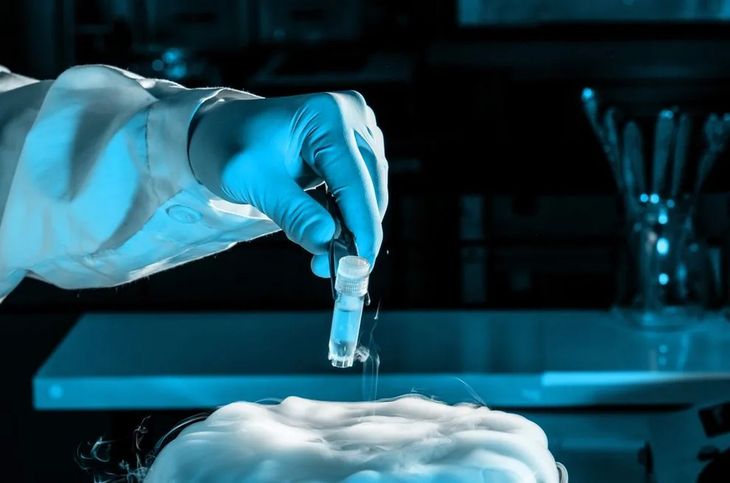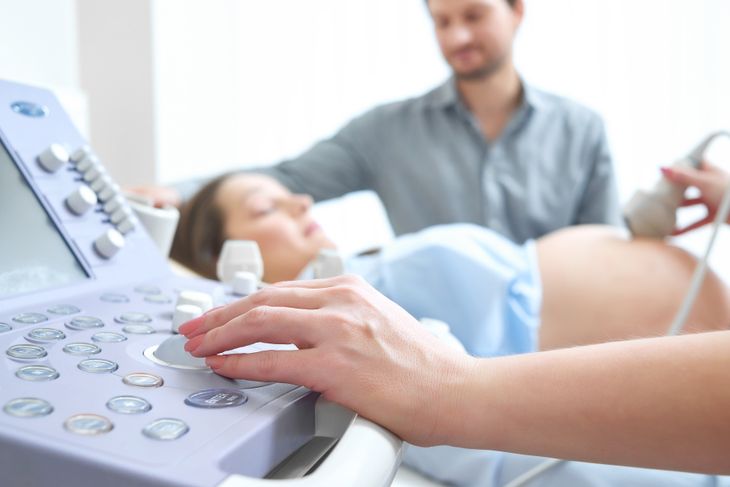In particular, this technique is used when there are concerns about the biological clock, which is affected over the years. However, the age It is not the only thing that decreases the quality and quantity of ovules that allow the conception of a son, but also the Medical treatments and surgeries in the pelvic area.
Fertility.jpg
freepik
How much does it cost to freeze eggs in Argentina
According to Romina Pascehead of Fertility at the italian hospital, the treatment is not covered by social works or prepaid.
Although the cost is variable, three instances are contemplated:
- Medication to stimulate the ovaries
- The intervention itself
- professional fees
By taking these into account, it is estimated that the total amount is around $800,000 to $1,000,000. While Annual maintenance is around US$250.
Cryopreservation.jpg

freepik
“The amount may be very inaccessible to patients, taking into account that they work with disposable and imported material, and that the medication is fundamentally high-cost,” adds Pasce.
Step by step of the treatment
- You must go to a Professional advice
- They requested ovarian reserve studies by analyzing the antimüllerian hormone. In addition, a antral follicle count through a transvaginal ultrasound
- The number of oocytes that I could get. In some cases, it is used Artificial intelligence (AI) to calculate the future pregnancy rates according to body mass index, for example
- Once this stage is finished, waiting for the next menstruation of the patient. At this time, it is given the first control from a blood test and a transvaginal ultrasound. Upon obtaining the physician’s approval, inject gonadotropins in it abdomen
- On average, the medication is applied between 9 and 10 days. In this period, four controls are made in total: at the beginning, on the fifth, on the seventh and on the tenth day.
- If the procedure is in order and the stipulation is favorable, follicular aspiration is performed, a sedation that lasts or between 10 and 15 minutes. You enter the operating room with the GPanesthesia will be performed and a team will be placed to puncture the ovarian follicles, one by one. This way, the follicular fluid is extracted which will then be sent to the laboratory
- Simultaneously, the biologist receives the follicular fluid and captures the oocytes with a microscope.
- The ova are kept in culture ovens between one and three hours so that they finish their final maturation
- Finally, the amount that can be cryopreserved is reported.
Pregnancy.jpg

Health experts recommend access to cryopreservation before the age of 35
freepik
Health risks
Andrea Coscia, a gynecologist specializing in reproductive medicine, pointed out the exposures that can be suffered. On one hand, the ovarian hyperstimulation. You can have certain abdominal discomfort or bloating towards the completion of the procedure. For another, the hemoperitoneuma little bleeding of the ovary. The latter occurs once every thousand punctures, according to what she reported.
In none of the cases is there a risk to life. according to Coscia. “Today, the risks are minimized. There are good professionals and controls,” she added. About the latter, suggested laparoscopic surgeryin which blood clots are removed through the belly button.
Myths and truths about cryopreservation
Romina Pasce, also a specialist in reproductive medicine, assured: “Patients should know that the chance of success is directly related to the age at which those eggs were stored.”
If the fertility rate decreases as age advances, registering a significant reduction after 35, the same is true when one cryopreserves eggs at those ages. “The use of eggs saved at those ages will also be with limited success”he added.
While, It is estimated that between the ages of 35 and 37, at least 10 to 15 ovules are needed to achieve a pregnancy rate close to 35%.Therefore, a greater number of suppositories will be needed in larger patients.
Source: Ambito
I am a 24-year-old writer and journalist who has been working in the news industry for the past two years. I write primarily about market news, so if you’re looking for insights into what’s going on in the stock market or economic indicators, you’ve come to the right place. I also dabble in writing articles on lifestyle trends and pop culture news.




